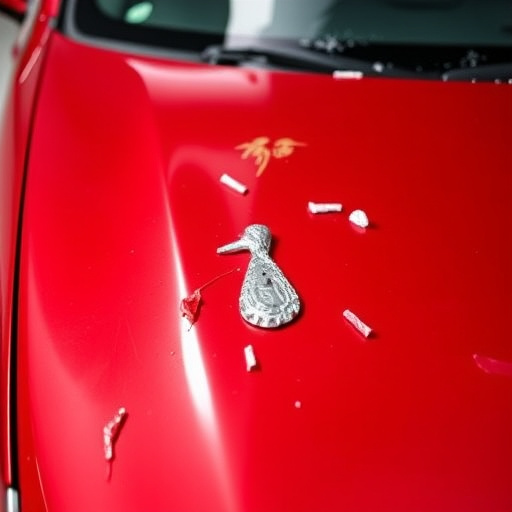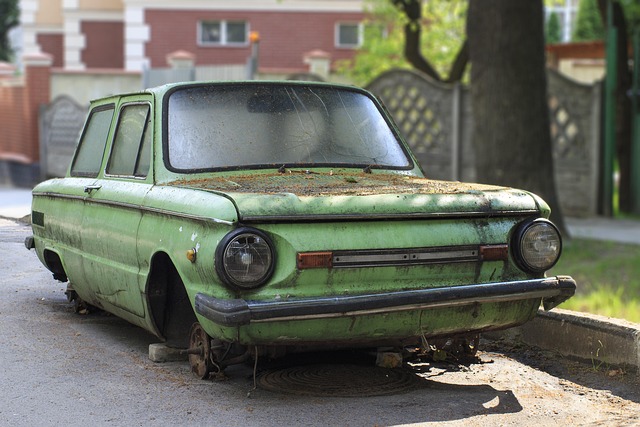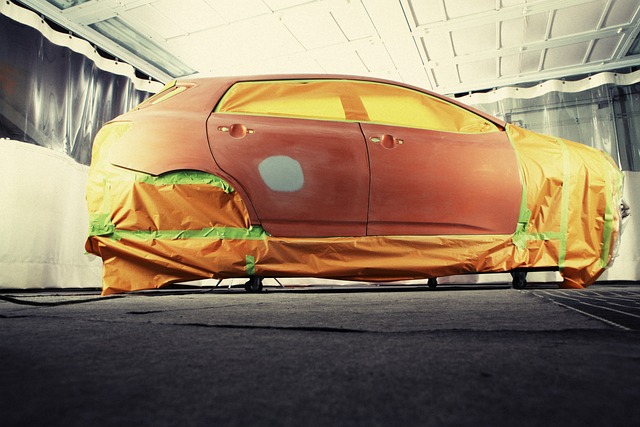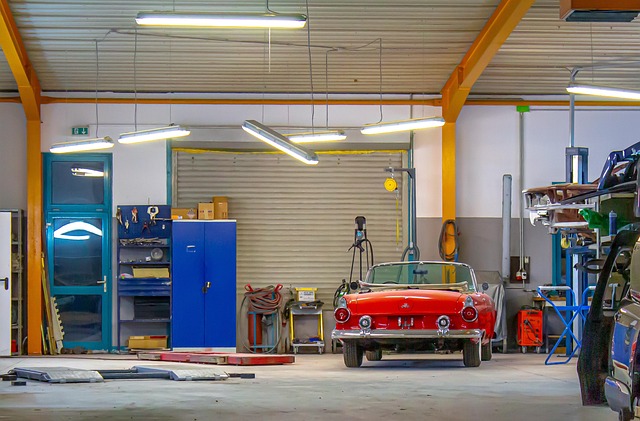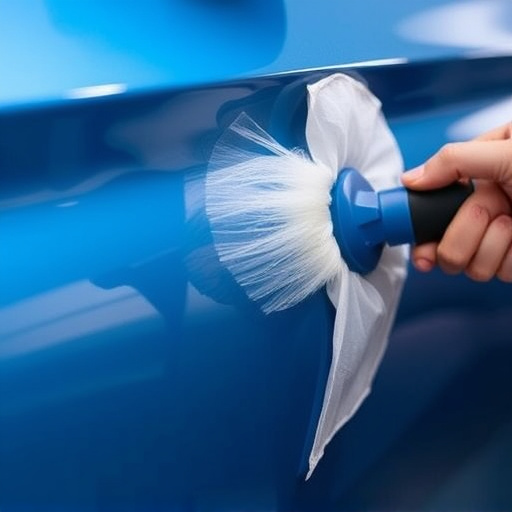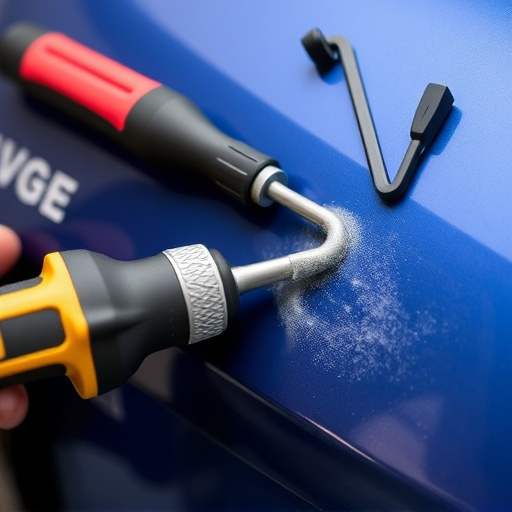The three-stage paint system is an eco-friendly and durable solution for car body repair, offering exceptional results that match original specifications. This meticulous process includes preparation (cleaning, sanding, decontaminating), priming with low-VOC paints, and final painting in thin, carefully dried layers. By minimizing waste and adhering to sustainable practices, this system delivers both durability and environmental responsibility, promoting a circular economy and extending the lifespan of vehicle bodywork.
Discover the revolutionary power of the three-stage paint system, a game-changer in sustainable repair practices. This comprehensive guide explores how this innovative approach not only enhances durability but also minimizes environmental impact. Learn why adopting eco-friendly painting methods is beneficial for both your pocket and the planet. From understanding the three-stage process to implementing long-lasting, green practices, we’ll navigate you through a path towards responsible, high-quality results.
- Understanding the Three-Stage Paint System: A Comprehensive Guide
- The Benefits of a Sustainable Repair Approach in Painting
- Implementing Eco-Friendly Practices for Long-Lasting Results
Understanding the Three-Stage Paint System: A Comprehensive Guide

The three-stage paint system is a comprehensive approach to car body repair and restoration, designed to deliver exceptional results while ensuring sustainability. This method involves three distinct stages: preparation, priming, and painting. Each stage plays a crucial role in achieving a perfect finish that matches the vehicle’s original specifications.
During the preparation phase, the damaged vehicle bodywork is thoroughly cleaned, sanded, and decontaminated to remove any dirt, grease, or existing paint. This meticulous process creates a smooth surface ready for application. Priming involves applying a coating that prepares the metal for painting by providing an ideal base. Finally, the chosen color is applied in multiple thin layers, allowing each coat to dry before the next is added. This technique not only guarantees a durable finish but also minimizes waste, making it an eco-friendly choice for car bodywork services.
The Benefits of a Sustainable Repair Approach in Painting
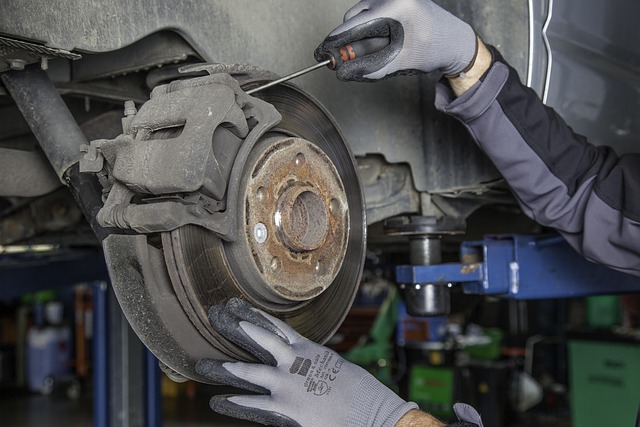
Adopting a sustainable repair approach in painting offers numerous advantages for both professionals and consumers. One of the key benefits is reduced environmental impact. Traditional painting methods often involve toxic chemicals and significant waste generation, contributing to pollution. A sustainable strategy, however, emphasizes eco-friendly alternatives. By using low-VOC (Volatile Organic Compound) paints, water-based coatings, and recyclable materials, the industry can minimize its carbon footprint.
Additionally, this approach promotes long-lasting results, which is particularly relevant in auto maintenance. Sustainable repair practices focus on durability, ensuring that repairs stand the test of time. This means less frequent repainting and reduced costs for vehicle bodywork over the years. It also encourages a circular economy by extending the lifespan of existing materials, thereby decreasing the demand for constant production and resource extraction in vehicle repair processes.
Implementing Eco-Friendly Practices for Long-Lasting Results
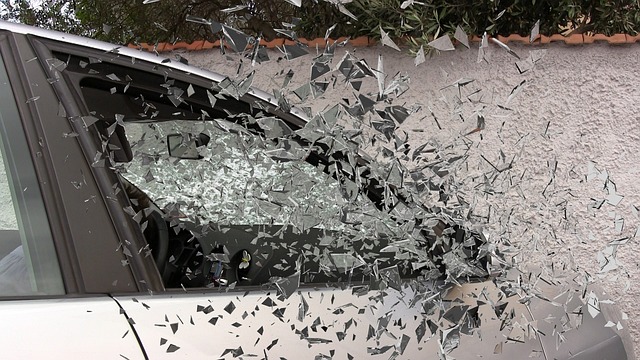
Implementing sustainable practices in auto repair services is a step towards ensuring long-lasting and eco-friendly results for vehicle bodywork. A three-stage paint system, for instance, offers an innovative approach to achieving superior durability while minimizing environmental impact. This process involves meticulous preparation of the vehicle dent repair area, followed by priming and painting with carefully selected, low-VOC (volatile organic compound) paints.
By adopting such methods, auto bodyshops can reduce their carbon footprint and offer customers a more durable finish that resists chipping and fading over time. This not only translates to cost savings for vehicle owners but also promotes a circular economy by minimizing waste and the need for frequent repairs across all types of vehicle dent repair scenarios.
The adoption of a three-stage paint system and sustainable repair practices offers a holistic approach to painting, combining effectiveness with environmental stewardship. By understanding the intricate process of this system and embracing eco-friendly methods, professionals can deliver superior results while minimizing their ecological footprint. This not only ensures long-lasting finishes but also contributes to a greener future for the industry.
